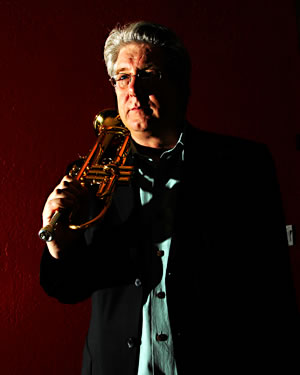

PROMO | CLINIC | LINKS | CONTACT
© 2025 Fred Forney | site by Origin Web Design
 |
|
| NEWS | BIOGRAPHY | CALENDAR | MUSIC | REVIEWS | ARIZONA JAZZ MASTERWORKS ORCHESTRA PROMO | CLINIC | LINKS | CONTACT © 2025 Fred Forney | site by Origin Web Design |